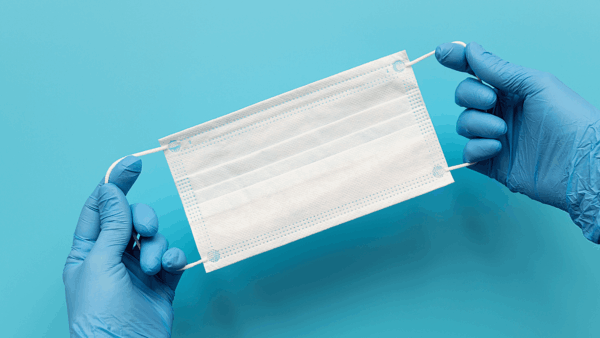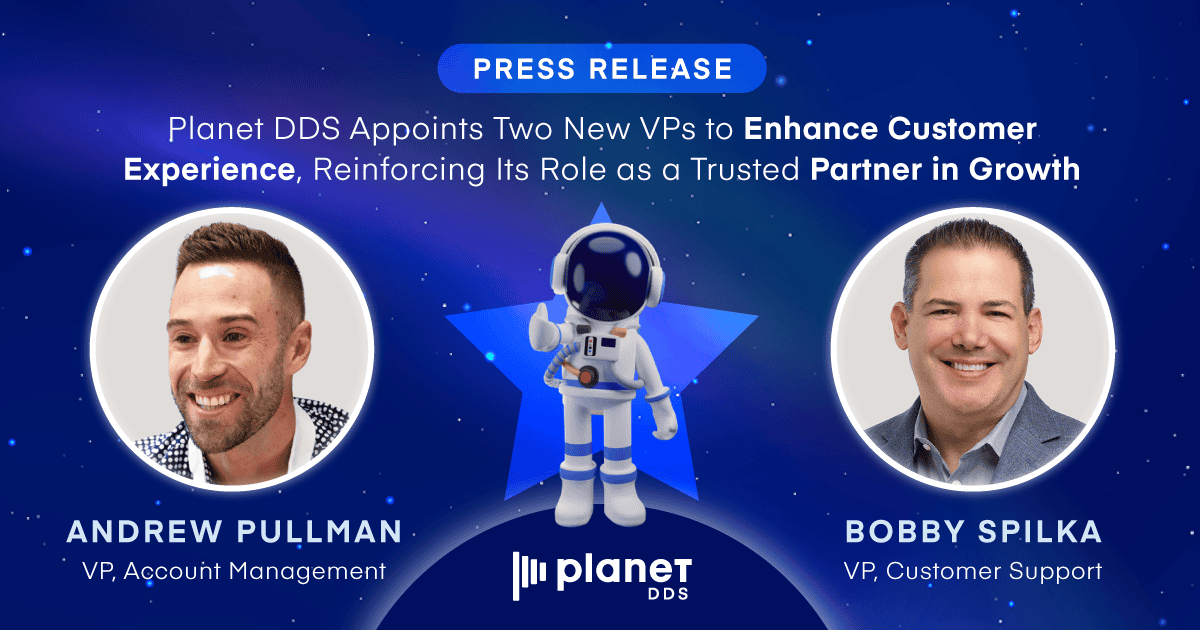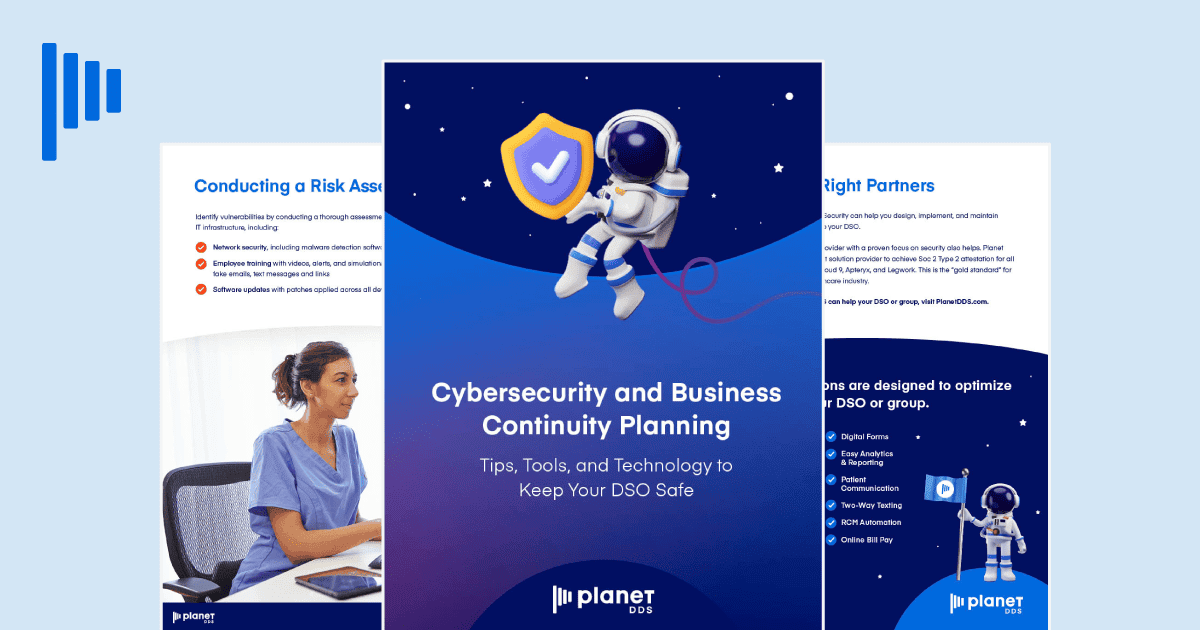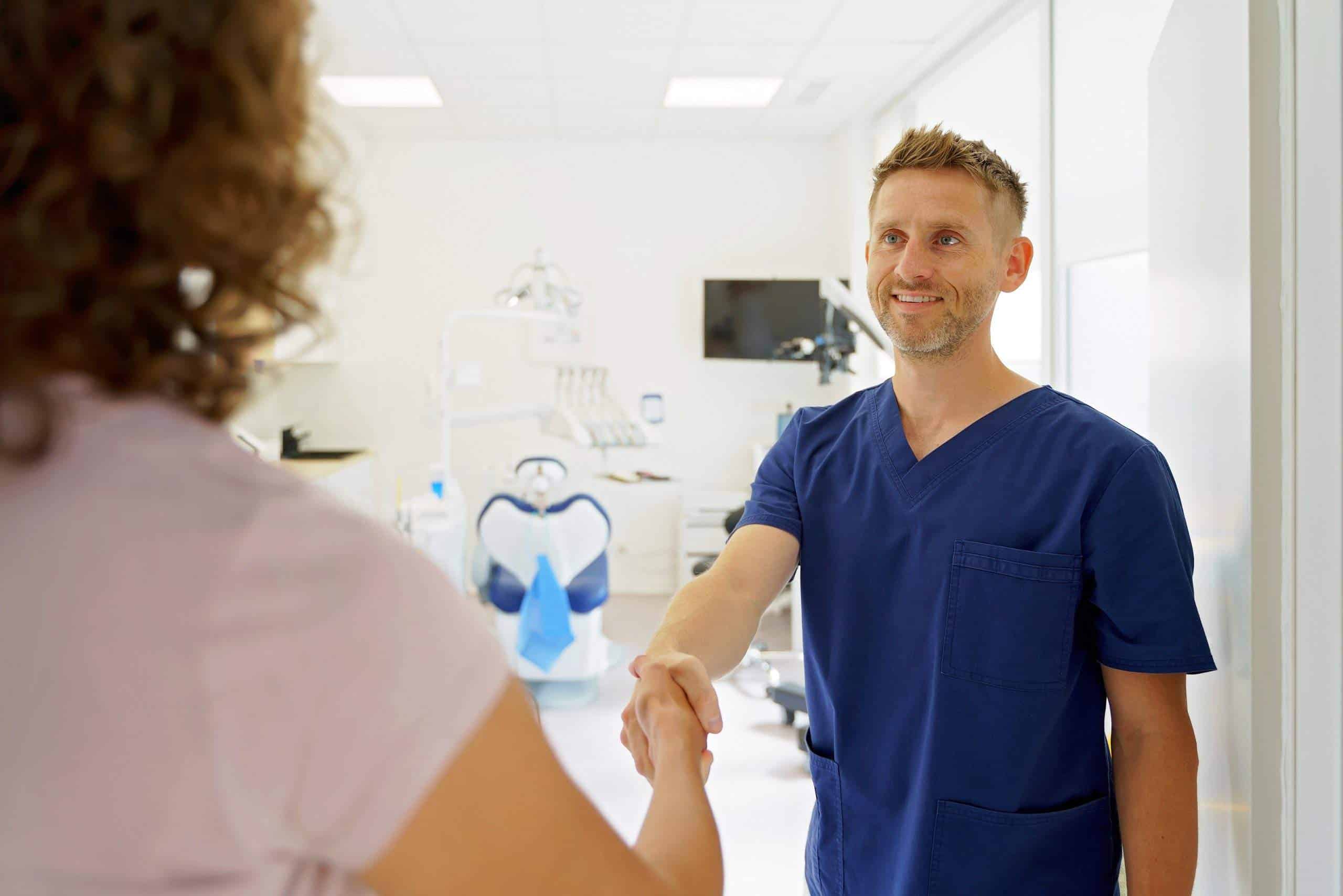A Dentist’s Experience Navigating the COVID-19 Pandemic

How Paperless Forms Helped a Doctor During Reopening – Q&A with Dr. Nakhla
Many practices are still navigating the complex landscape of COVID-19 closures, reopenings, restrictions, and regulations. We sat down for a Q&A session with Dr. John Nakhla to discuss his experience and strategies during these difficult times. As proprietor of the Castro Valley Family Dentistry, he’s run the gauntlet in terms of COVID-19 response, managing early closures, patient fears, and implementing policies over multiple practice locations.
Thanks for speaking with us, Dr. Nakhla. As COVID-19 restrictions began to lift, what were the initial steps you took in regards to communications at your practice?
The first week was just phone calls and text messages. We didn’t turn on automated messaging, with the exception of sending a mass blast to let everyone know “Hey, we’re back, and we’re ready to see you.”
Next, I wanted to make sure patients knew what to expect, so we recorded a video showing the safety policies and new check-in procedures we had put in place. We put that on our website and then sent the link out via text and email.
About a week into being open, we reactivated our automated communications through Legwork, and not long after that we implemented Paperless screening forms. It’s set up so that in their text or email appointment reminder, patients are asked to fill out a brief COVID screening form to expedite their check-in.
That month after reopening was the best month we ever had, by a sizable margin. Probably like 25% higher than any other month we’ve had. That’s in large part because we had started an ad campaign for emergency dentistry at a time that all other practices were closed. We had the equipment and the PPE, and we were prepared to see patients safely. Being prepared allowed us to be there for others. And it was a win-win; it was a practice builder for us. We were a resource to our community when others weren’t available.
You wanted to let patients know that the experience at Castro Valley had changed. What exactly are the changes you’ve made?
The main thing we’re doing is trying to keep interaction time to a minimum. When a patient arrives at the office, the first thing they see is signage on the front door explaining that before entering, they should call our phone number, let us know they’re here, and wait in their car.
Once they call us from the car, we confirm that we received their digital forms for COVID screening. If we don’t receive their forms, then we ask them the questions over the phone, and take their temperature at the door. Inside, we have signage directing where they should stand, how far apart they should be, and then try to get them into and out of the operatory as quickly as possible.
One of the big changes I’ve made, as a physician, is that in some simpler exams, I try to keep my hands out of the patient’s mouth. During hygiene procedures, we don’t use the ultrasonic scaler anymore, to reduce aerosol generation. This all gets explained to the patient as well, to make it clear that we’re being a little bit more efficient and judicious with exposure risk, and educate them along the way so that they don’t see any of these treatment changes as forgetfulness, or a corner being cut.
Now that more time is spent in the operatory, how are you handling tasks like treatment plans and payment?
We make a very conscious effort that once the patient is in the operatory, they really stay there until they’re ready to exit the office. So that has resulted in bringing in an iPad and using that to present the treatment plan, or to sign the consent form or other patient forms.
Payment is being handled in the operatory as well, so we bring the device and they just hand us the credit card right there. I love cash, of course, anyone loves cash since it avoids transaction fees, but we’ve been a little bit more, you know, cash judicious than we were before. My staff especially, they prefer not to handle cash. Or they’re handling it and then washing their hands vigorously afterward!
Have patients responded well to these new ways of handling treatment?
I have had patients who walk in and are apprehensive to remove their mask before I start the exam, and I have to tell them “I can’t look in your mouth with the mask on!” But I’ve also had people on the opposite end of the spectrum who see some aspects, like waiting in the car or not using an ultrasonic scaler, and respond like “Oh come on, this is just a big hoax.” That’s a part of the socio-political climate we’re in today. And we understand and accept it; we don’t take it personally.
A majority of people are thankful for what we’re doing. And frankly, the people who are giving us the greatest amount of grief now — which is not much, it’s a small percentage of our business –are folks who are a little more finicky in general. Some people are just prone to that, it’s just part of customer service. Patient care is not only caring for their medical, dental needs, but also kind of minding their insecurities, their emotional state, their psyches. This is a variable in any service industry, really.
The key is to maintain an even keel and know there are patients who are going to come in and give you grief. You have to know how to absorb that with a smile and remind them that you’re there for their care, and that’s the primary objective directive and motive of anything we’re suggesting to or asking of them.
But again, for the most part, the reactions have been very positive.
How did you manage implementing these policies across multiple practice locations?
That’s a great question. “Uniform uniformity” was my approach. Since I manage many operations directly, it’s much easier when I’m on-site to help. Wherever I was present, I was able to have the greatest influence getting everything in-place. But since I was initially splitting my time between multiple locations, it was splitting the effectiveness of the implementation. One of the key elements to implementation is repetition, reinforcing the new rules. So I could reinforce while I was there, but then on days I wasn’t there, especially early on, there was occasionally to be some regression or some aberration from what I was trying to establish. So it was harder to educate the team and create a sense of accountability on these protocols because of our multiple locations.
Being able to automate certain tasks through Legwork helped make this easier. Instead of needing the staff to ask specific questions every time, we were able to use Paperless forms to collect that information from patients beforehand. That way, key questions are being asked for the staff, and most of the time all they need to do is make sure the answers were recorded.
Ensuring that consistency long-term requires quality control. Reinforcement is key, but removing the human element where you can, eliminating simple repeatable tasks, helps a lot. Time and automation is all you need.
How do you think dentists should interact with their patients and communities during COVID-19?
I would certainly suggest that maintaining an open dialogue with your patients at a time of uncertainty is important. Your patients trust you. They may not trust the anchor on CNN, Fox, or MSNBC or whatever, but they trust you. That’s why they come to you and put their health in your hands. If you’re doing your due diligence to get good data, be that expert, be that trusted source within the community that is helping people decipher all of the information being thrown at them.
You have a medically competent mind, you have a medical background and understand the oral cavity and head and neck anatomy. As a dentist, everything I read about this virus, I’m filtering through that expertise and that knowledge base. My patients don’t have that luxury. So, to an extent, it’s my duty to help them understand at least some of this information with their best interests in mind, as opposed to any other motivations. So stay in touch. Be the expert for your community, or one of the experts for your community.
Thanks for your time, Dr. Nakhla. Do you have any final pieces of advice for your fellow dental entrepreneurs?
If there’s a single piece of advice about making a smooth workflow I would give to a practice, it is to get the patient into the operatory and keep them there as much as possible, try to reduce the amount of interaction in the rest of your office. If they have to stop at the front desk, keep it brief. Have a tablet set up for treatment plans and consent forms, and payment if possible. Bringing the administrative side of the practice into the operatory removes a lot of stress and anxiety. You avoid having multiple people bumping into each other and possibly not having a mask. It’s a lot fewer variables if you just put patients in a room and take care of them in that room.
Finally, if we go into lockdown again, ration your resources, implement protocols, and prepare. Then watch the clock and have your staff at the ready, so that you can open back up as soon as it’s permissible to do so. Preparedness is the name of the game.
Want to hear more of Dr. Nakhla’s insights? Check out our on-demand webinar, Tales from the Trenches: How Dental Practices are Successfully Reopening , and get more of his strategies for making the most of these challenging times.



